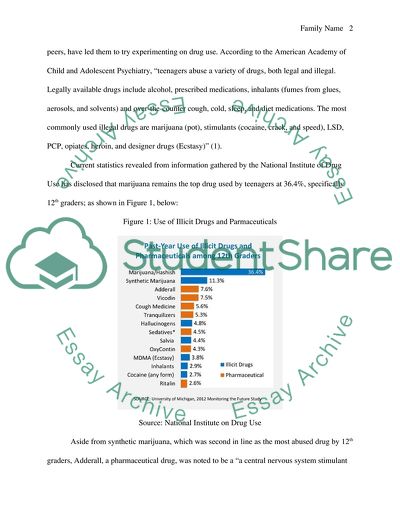Cite this document
(Teenage Drug Addiction Research Paper Example | Topics and Well Written Essays - 1500 words, n.d.)
Teenage Drug Addiction Research Paper Example | Topics and Well Written Essays - 1500 words. Retrieved from https://studentshare.org/social-science/1803640-teenage-drug-addiction
Teenage Drug Addiction Research Paper Example | Topics and Well Written Essays - 1500 words. Retrieved from https://studentshare.org/social-science/1803640-teenage-drug-addiction
(Teenage Drug Addiction Research Paper Example | Topics and Well Written Essays - 1500 Words)
Teenage Drug Addiction Research Paper Example | Topics and Well Written Essays - 1500 Words. https://studentshare.org/social-science/1803640-teenage-drug-addiction.
Teenage Drug Addiction Research Paper Example | Topics and Well Written Essays - 1500 Words. https://studentshare.org/social-science/1803640-teenage-drug-addiction.
“Teenage Drug Addiction Research Paper Example | Topics and Well Written Essays - 1500 Words”, n.d. https://studentshare.org/social-science/1803640-teenage-drug-addiction.


